
E-mail: font@focusonnature.com
Phone: Toll-free in USA 1-888-721-3555
or 302/529-1876
 |
PO Box 9021,
Wilmington, DE 19809, USA E-mail: font@focusonnature.com Phone: Toll-free in USA 1-888-721-3555 or 302/529-1876 |
Alaska Birds 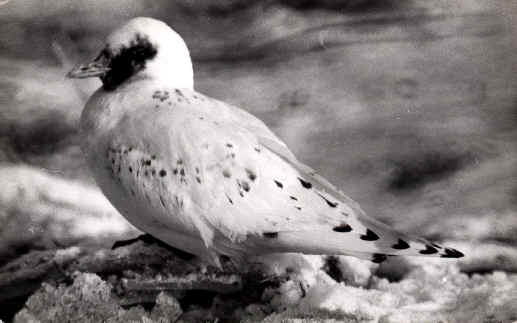
noting those during
Focus On Nature Tours
1995 thru 2015
during late May and early June
An Alaska Bird
List
compiled by Armas Hill
with some photos
Photo at upper right: an immature IVORY GULL
(photo by Alan Brady)
233 species of birds have
cumulatively been found during FONT Alaskan tours. Some notable subspecies are
noted in this list.
The numbers that follow the bird names indicate the number of tours during which the bird has been found (out of
8).
Codes:
(*): species found during a FONT tour, or tours,
in ALASKA (FTak)
FTjp: species found during a FONT tour, or
tours, in Japan
(t): a globally
threatened or rare species, designated by Birdlife International
(t1): critical (t2):
endangered (t3): vulnerable
(nt): a near-threatened
species globally
(NAi): introduced in North America
(NAr): rare in North America
(NAu): uncommon in North America
(B): a Beringian species (restricted, or nearly so, to the area of &
surrounding the Bering Sea, as either a resident or a breeder)
(OW): a species primarily of the Old World
(AKr): a rare species in Alaska
(AKvr): a very rare species in Alaska (casual or accidental)
(ph): species with a photo in the FONT website
b:
during FONT tours at Barrow
g: during FONT tours at
Gambell on St. Lawrence Island
p: during FONT tours at the
Pribilof Islands (noting number of tours seen)
nac: during FONT tours seen north of the Arctic Circle (at either Kotzebue,
Barrow, or along the Dalton Highway)
REGIONS IN ALASKA WHERE BIRDS NORMALLY OCCUR
ARE INDICATED AS FOLLOWS:
SE: southeastern SC:
south-coastal SW: southwestern
CE: central WE: western NO:
northern
Capitalized letters indicate birds found more commonly, uncapitalized letters
less commonly.
Seasonality is not indicated.
SW (southwestern) includes the Aleutian
Islands.
Places in Alaska visited during
FONT tours have included:
Anchorage area (all tours), Barrow, north of the Arctic Circle (twice), Brooks Range & Dalton Highway, including north of the Arctic Circle (once), Denali area (four tours), Fairbanks (twice), Gambell (on St. Lawrence Island) (twice), Kotzebue, north of the Arctic Circle (once), Nome (all tours but two), Seward (all tours), the Pribilof Islands (St. Paul) (all tours but one).
For birds seen at the Pribilofs, the number following
the "p" indicates the number of tours during which the species
has been seen there.
The same applies to Gambell
(following the g) and Barrow (following the
b).
Areas with
Wildlife in Northern Alaska:
the GATES OF THE ARCTIC NATIONAL PARK & PRESERVE
From the Dalton Highway west, much of the Brooks Range is in this park, one of
the premier wilderness areas in the US national park system. It encompasses 8.4
million acres, and protects primeval landscapes, their flora and fauna, and the
culture and traditions of Alaskan native people.
The forester and conservationist Robert Marshall explored the area in the 1930s.
Impressed by two massive peaks flanking the North Fork of the Koyukuk River, he
called them the "Gateway to the Arctic".
This area was visited during the FONT Alaska Tour in June
2013.
the ARCTIC NATIONAL WILDLIFE REFUGE
From the Dalton Highway area, near Atigun Canyon, this refuge extends east
across the Brooks Range and the North Slope to Canada. it is an extraordinary
wilderness.
The Porcupine Caribou Herd (named for the Porcupine River), Polar Bears, and
Musk Oxen depend upon its unspoiled environment.
The pioneer Alaskan conservationists Olaus and Margaret Murie traveled the
region by dog team and canoe, and were instrumental in gaining refuge status for
the area.
the KANUTI NATIONAL WILDLIFE REFUGE
Located west of the Finger Mountain area (visited during
the FONT Alaska Tour in June 2013), this refuge is slightly larger than
the US state of Delaware. It protects large wetland areas that are critical to
nesting waterfowl and other wildlife. Resources provide sustenance for the
people of the Koyukuk River valley.
the YUKON FLATS NATIONAL WILDLIFE REFUGE
Encompassing an area larger than Connecticut and Vermont combined, this refuge
protects a vast complex of lakes and rivers in the Yukon River watershed
upstream from the Dalton Highway. Wildlife thrives in the area.
The Yukon River was crossed during the FONT Alaska Tour in
June 2013 on the only bridge over the large river in Alaska, along the Dalton
Highway.
Links:
Upcoming
FONT Birding & Nature Tours in North America, including Alaska
Alaska Mammals (with some photos) Alaska Butterflies & Moths (with some photos)
Alaska Wildflowers & some other Plants Alaska Marine Life (including Fish)
Bird-List:
GALLINACEOUS BIRDS
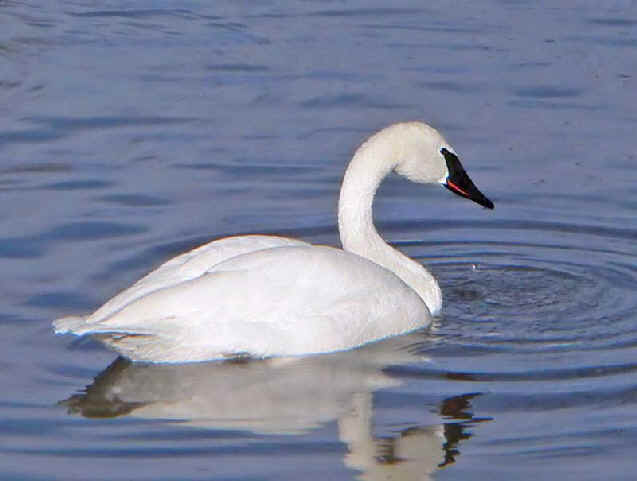
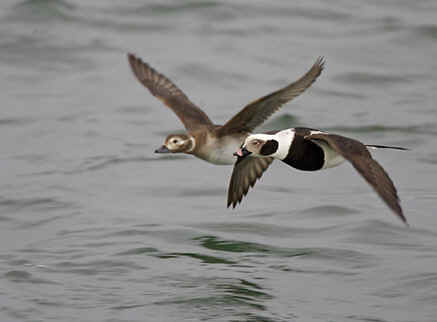
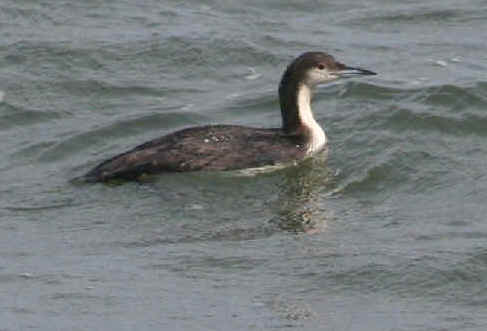
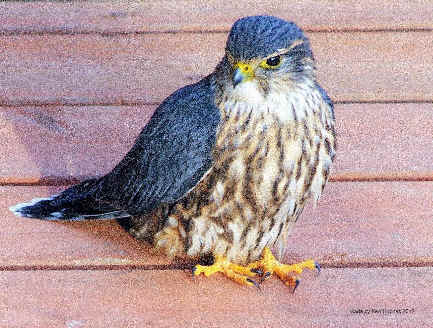
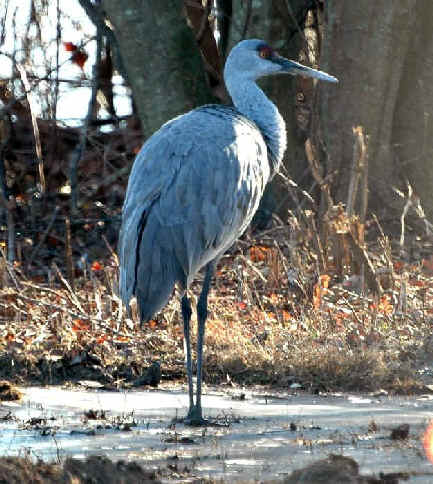

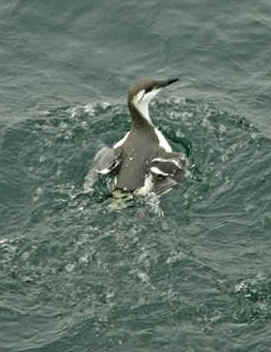

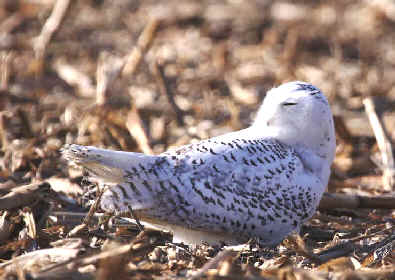
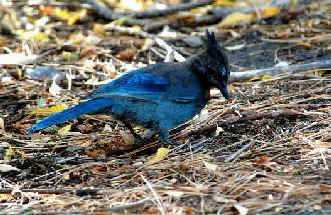
Note:
During the 1997 FONT Alaska Tour, all 4 species of eider
were seen at Barrow.
![]()
Photos of
Some of the Alcids
Seen during FONT Tours in Alaska
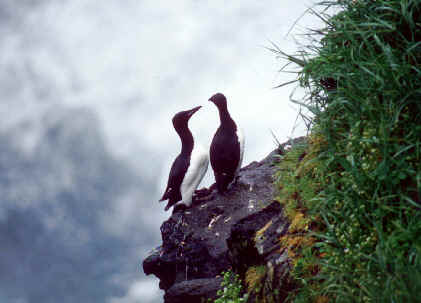
Common Murres
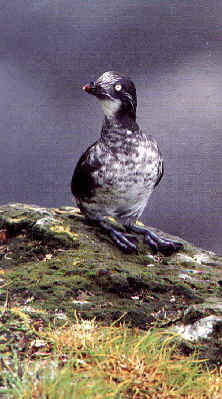
Least Auklet

Horned Puffin
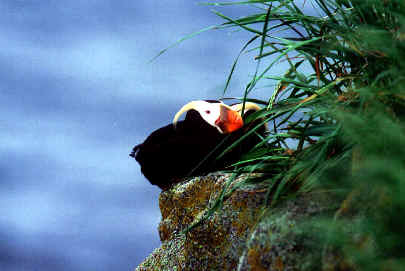
Tufted Puffin
![]()